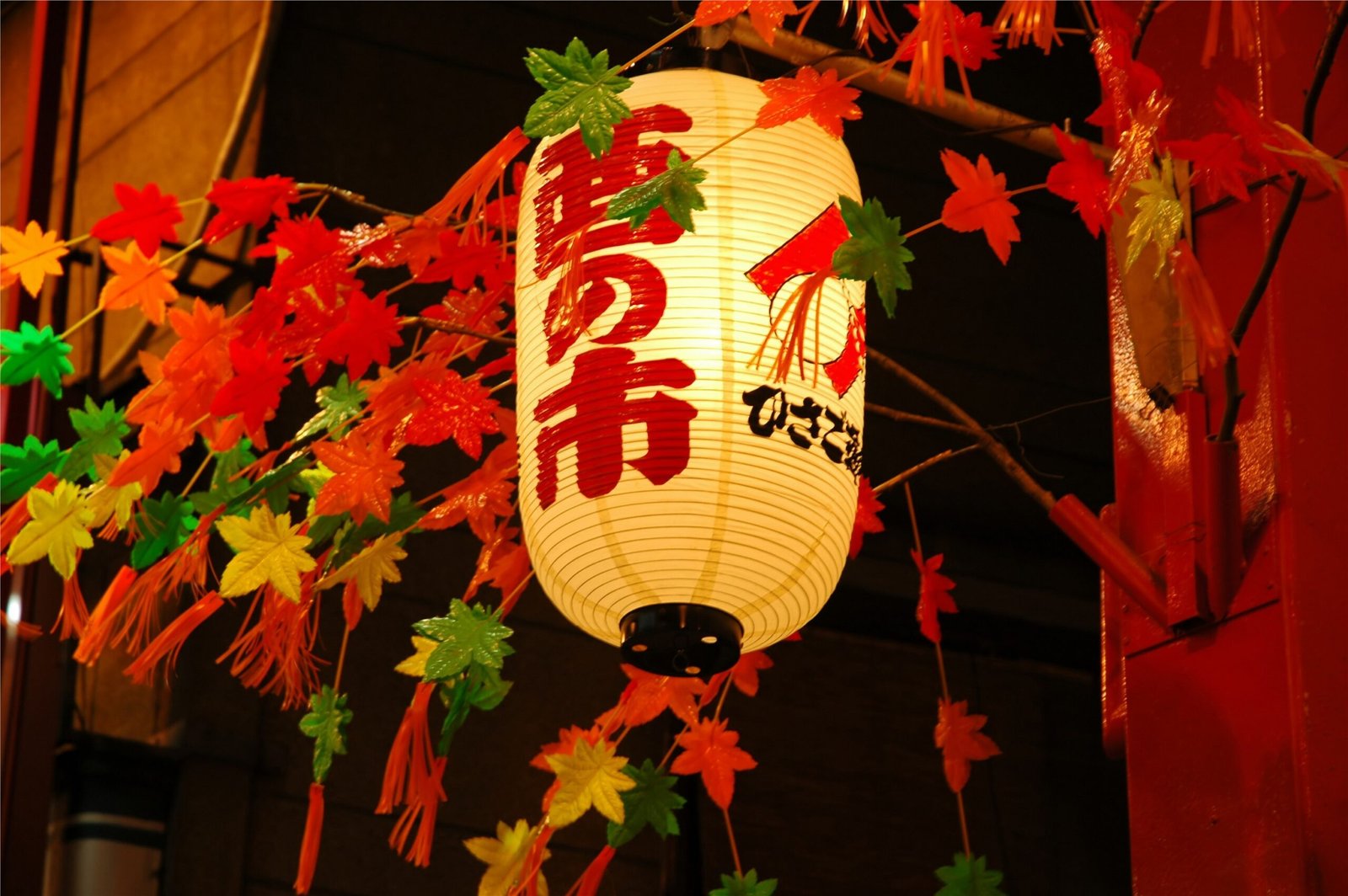Overview
Line Features
Brief itinerary
Tour Introduction
Dining
Breakfast - Not included, Lunch - Not included, Dinner - Not included
Accommodation
On the plane
Transportation
airplane
Shopping Arrangements
without
Arrive at Osaka International Airport (KIX), meet up with your tour guide, and go to the hotel to rest after dinner.
Dining
Breakfast - self-catered, Lunch - self-catered, Dinner - included
Accommodation
Noku Osaka or similar
Transportation
Local car
Shopping Arrangements
without
Osaka Castle: There are more than 3,000 cherry trees planted in Osaka Castle Park. Every spring, the cherry blossoms are in full bloom and the sky is covered with cherry blossom snow. With the classic castle tower as the background, the white walls, green roof, copper inlay and gold plating are full of Japanese style.
Shinsaibashi: Shinsaibashi is a must-visit shopping paradise in Osaka, with large department stores, chain drugstores, century-old shops, and various small shops for the general public.
Kuromon Market: Kuromon Market is a shopping street located in the central area of Osaka, Minami-ku. The name of the market comes from a nearby temple called Enmyoji. Because the temple's gate is dark black, people call this market near the temple "Kuromon Market".
Dining
Breakfast - Hotel breakfast, Lunch - Local specialties, Dinner - Beijing-style fried skewers set meal
Accommodation
Noku Osaka or similar
Transportation
Local car
Shopping Arrangements
without
Nara Sacred Deer Park: (There are many historical sites around, and there are many frolicking deer in the park. These deer are designated as national protected animals. The cherry blossoms in spring and maples in autumn are both refreshing.)
Todaiji Temple: Todaiji Temple is one of the seven great temples in Minami-gun and is registered as a World Heritage Site as part of the ancient capital of Nara.
Kasuga Taisha: Kasuga Taisha is the representative building of Kasuga-zukuri. The vermilion main hall is Ichimi-kiri-style, with extremely beautiful curves and colors. In addition to the main hall being designated as a national treasure, there are many national treasures and important cultural heritage sites in the area, and other ancient buildings in Nara are recognized as world cultural heritage sites.
Naramachi: Naramachi is an old commercial district in Nara, where the architecture of the Edo period is preserved. The tiled houses and lattice windows, as well as the red objects hanging under the eaves are known as red monkey amulets called "substitute monkeys". They are well-known as the typical scenery of Naramachi.
Dining
Breakfast - Hotel breakfast, Lunch - Japanese cuisine, Dinner - Nagoya special fried chicken wings set meal
Accommodation
The Royal Park Canvas Nagoya or similar
Transportation
Local car
Shopping Arrangements
without
Nagoya Castle: Nagoya Castle is a castle located in Nagoya City, Aichi Prefecture, Japan. It was the residence of the Owari domain lord during the Edo period and is also known as the "Golden Castle" and "Golden Turtle Castle". Together with Osaka Castle and Kumamoto Castle, they are collectively known as the "Three Famous Castles of Japan".
Atsuta Shrine: It is one of the oldest and most prestigious shrines in Japan. It houses the Kusanagi Sword Hokan, one of the three sacred treasures, with a collection of more than 6,000 treasures.
Oasis 21: Oasis 21, the water spaceship, is a landmark building in Nagoya. The huge transparent glass is actually a container for water, and the water is used for other purposes, fully embodying the concept of environmental protection.
Nagoya TV Tower: Nagoya TV Tower is the first intensive radio tower built in Japan in 1954 and is registered as a national tangible cultural property. After the first overall renovation since its opening in 1954, it has become a new landmark in the city center.
Dining
Breakfast - Hotel breakfast, Lunch - Nagoya special fried chicken wings set meal, Dinner - Hotel hot spring dinner
Accommodation
Hotel Mystays Fuji Onsen Resorth or similar
Transportation
Local car
Shopping Arrangements
without
Mount Fuji Fifth Station: The Fifth Station is located halfway up Mount Fuji, at an altitude of 2,305 meters. Looking up at the top of the mountain at the closest distance to Mount Fuji, you can feel the majestic momentum of Mount Fuji.
Kawaguchiko: Fuji Kawaguchiko is a town located in the southern part of Yamanashi Prefecture, at the northern foot of Mount Fuji. It is one of the towns with the longest names in Japan. It is also the only town in Yamanashi Prefecture where "machi" is pronounced as "machi".
Heiwa Park: Heiwa Park is a typical Japanese garden building with a wide variety of trees and flowers. It is also the best spot to view Mount Fuji from a distance.
Oshino Hakkai: Oshino Hakkai is a group of springs located in Oshino Village, Yamanashi Prefecture. The source of the springs is the snow water melted from Mount Fuji and filtered for 80 years. It is a national natural monument, one of the 100 famous waters, and one of the 100 New Fujiyama Scenic Spots.
Dining
Breakfast - Hotel breakfast, Lunch - Oshino Hakkai Meisen Soba, Dinner - Conveyor belt sushi buffet
Accommodation
Far East Village Hotel Tokyo Ariak or similar
Transportation
Local car
Shopping Arrangements
without
Sensoji Temple: Officially known as Kinryuzan Sensoji Temple, it is located in Asakusa 2-chome, Taito-ku, Tokyo, Japan. It is the oldest temple in Tokyo. The mountain is called Kinryuzan. The main deity enshrined is the Holy Guanyin. It was originally part of the Tendai sect, but became independent after World War II and became the head temple of the Holy Guanyin sect. The main deity of Guanyin Bodhisattva is commonly known as "Asakusa Guanyin"
Nakamise-dori: Nakamise-dori is the oldest commercial street in Japan, and it still retains the flavor of the Edo period.
Imperial Palace: The Imperial Palace is where the Emperor usually lives. The Imperial Palace now refers to the site of the old Edo Castle in Tokyo, which was once called "Palace City". It was built from Muromachi to Ota Dokansho. The name "Palace City" was abolished after World War II and changed to the Imperial Palace. The English name is Theimperilalpalace. The Imperial Palace consists of the Imperial Palace (where the Emperor lives), the Palace (where various public ceremonies and government affairs are held) and the Imperial Household Agency (an administrative agency in Japan).
Akihabara: Akihabara is a famous electronics street in Japan, but since the 1980s, many anime toys and models have emerged here, and it has gradually become Japan's anime empire.
Shinjuku: Shinjuku, the neon-lit Higashi-Shinjuku district has lively clubs and karaoke rooms, while the skyscraper district has upscale hotel bars and restaurants.
Dining
Breakfast - Hotel breakfast, Lunch - Local food, Dinner - Wagyu shabu shabu
Accommodation
Far East Village Hotel Tokyo Ariak or similar
Transportation
Local car
Shopping Arrangements
without
After breakfast, your tour guide will escort you to Tokyo Narita/Haneda International Airport (NRT/HND) and take an international flight back to your homeland, ending your pleasant trip to Japan.
Price reference:
4 people (7 seats) $2799/person
6 people (14 seats) $2299/person
8 people (18 seats) $2099/person
10 people (18 seats) $1999/person
Single room surcharge $499 / person
Dining
Breakfast - Hotel breakfast, Lunch - Not included, Dinner - Not included
Accommodation
without
Transportation
Local car
Shopping Arrangements
without
Fee Description
Inclusive Of
- 1. Accommodation in a double room at a four-star hotel
- 2. All meals listed in the itinerary
- 3. All tickets within the itinerary
- 4. Use of vehicles, drivers and tour guides during the trip
Not Inclusive of
- 1. Round-trip international air tickets and visa fees
- 2. All personal consumption
- 3. Driver and guide tips, total USD105




